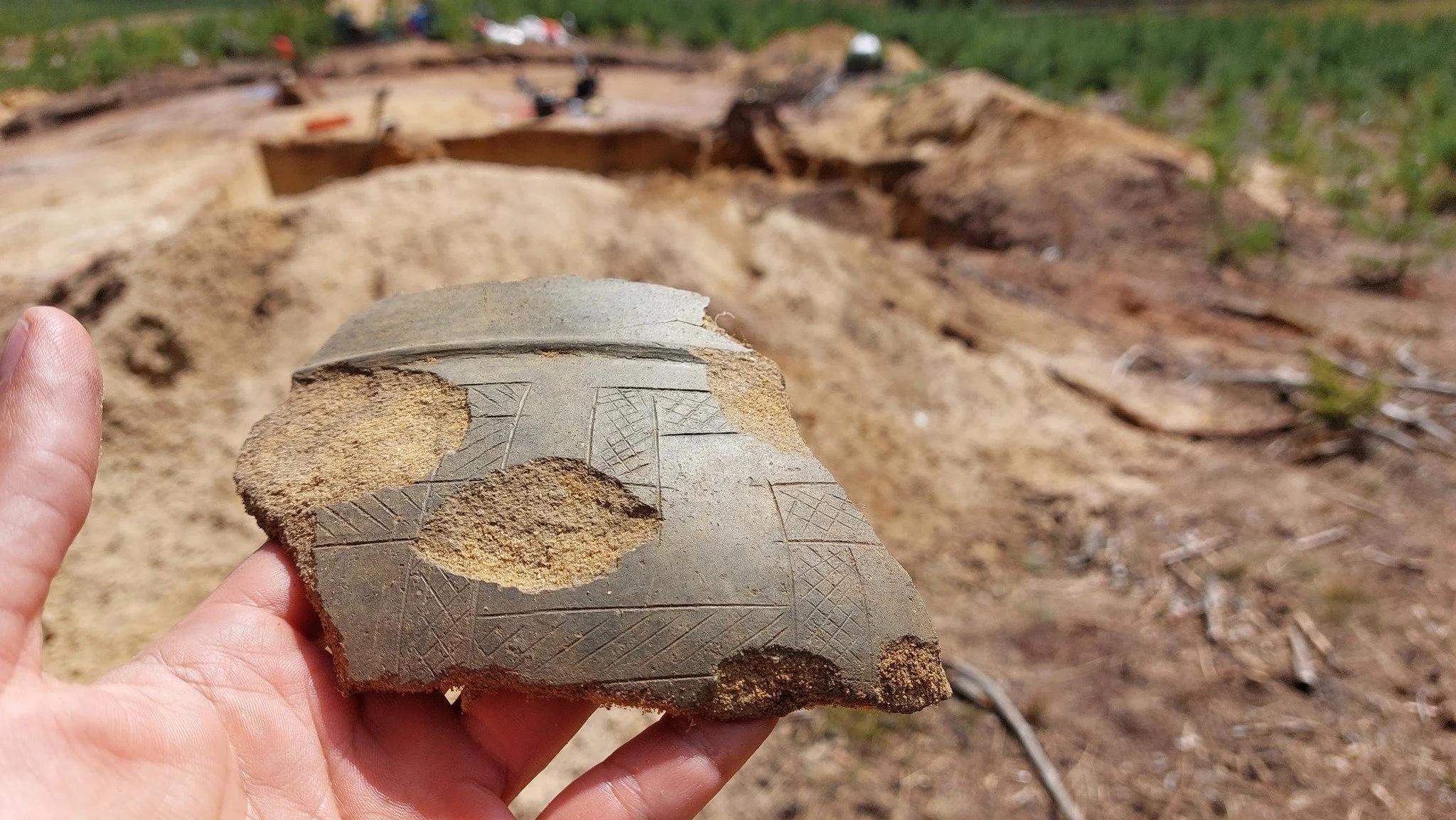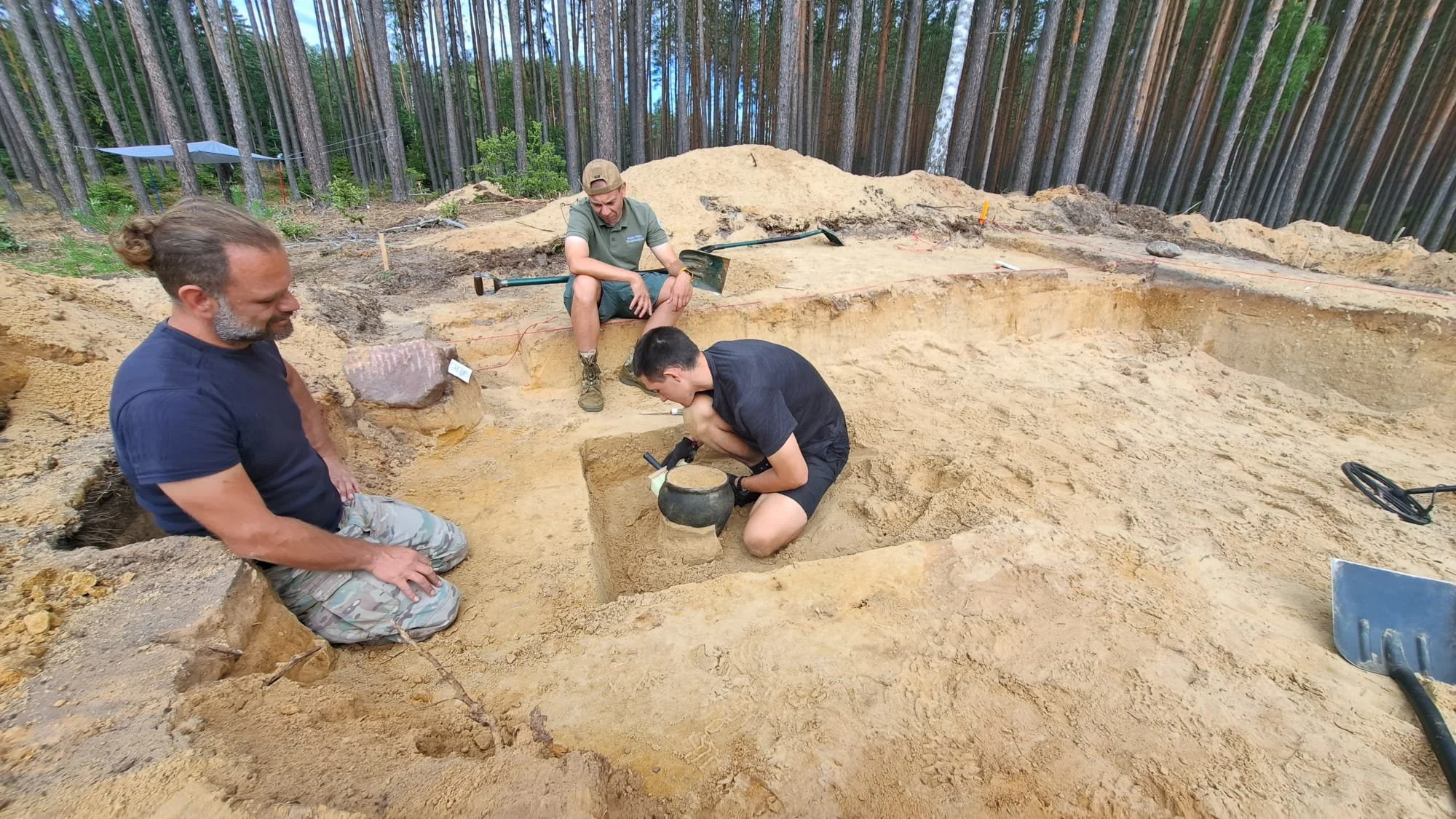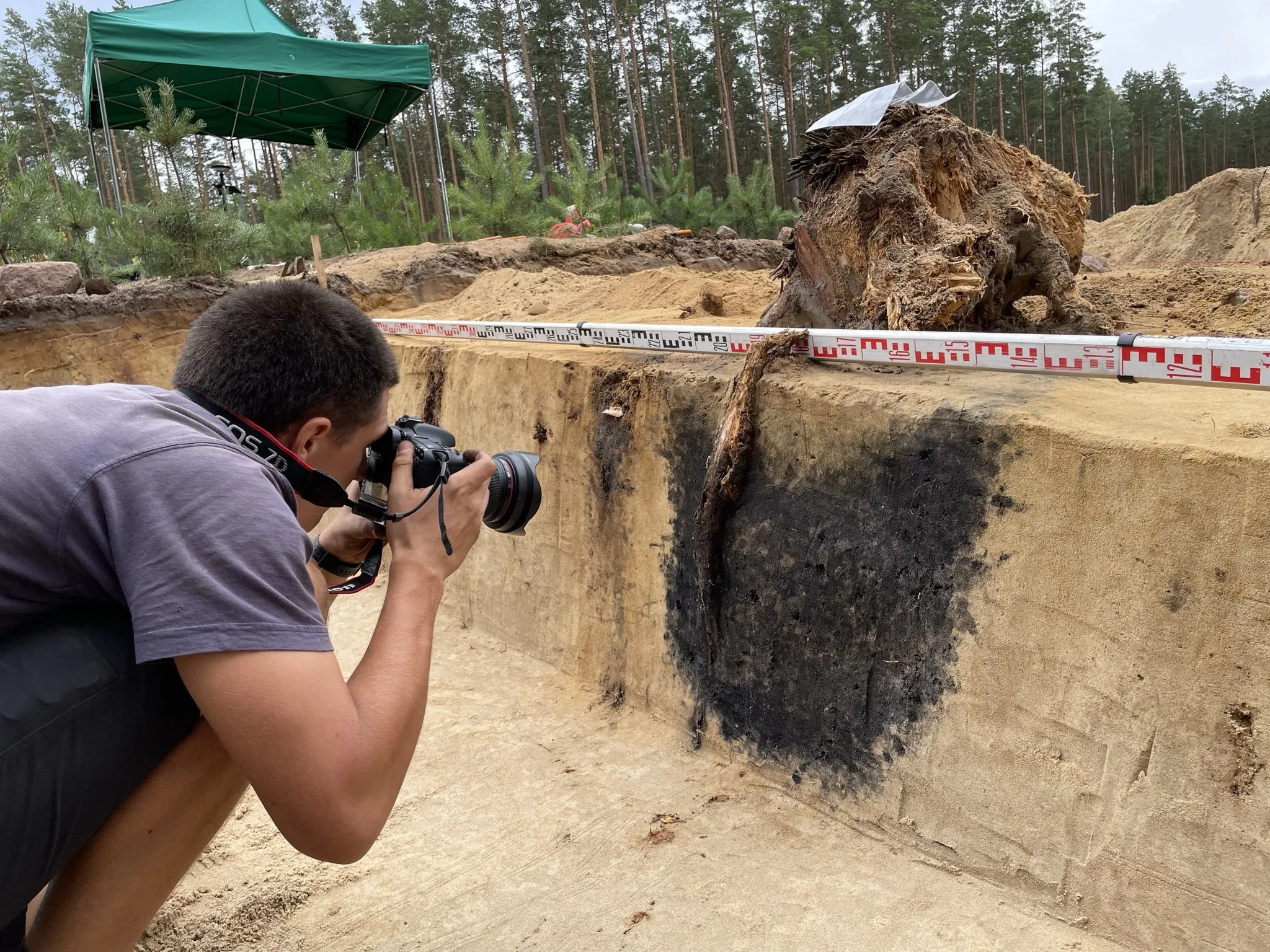It is challenging to place fragments of a jaw bone discovered in China on the human evolutionary tree because they share a mosaic of characteristics with both contemporary and prehistoric humans.
A computer reconstruction of the skull and jaw fragments unearthed in China. New fossil fragments suggest the skull could have come from an unknown human lineage. (Image credit: See Eurekalert (2019))
Lower jaw pieces that may have belonged to a different human lineage have been discovered by anthropologists in China.
According to a new study, the bone, which is around 300,000 years old and has a distinctive mosaic of ancient and modern traits, belonged to a young adolescent.
Experts told Live Science that because the characteristics of the fossils can be interpreted in different ways, it may also be related to Homo sapiens or to our close human cousins. At least 16 people's remains have been discovered over the past ten years at the Hualongdong site in east-central China, around 750 miles (1,200 kilometers) south of Beijing. The remains were previously analyzed, and it was determined that they were from the late Middle Pleistocene epoch (2.6 million to 11,700 years ago), which means they are between 275,000 and 331,000 years old. Understanding the evolution of our own human lineage during this time is crucial, but it is made difficult by the presence of other, since-extinct branches of the human tree, such Neanderthals and Denisovans.
Researchers in Hualongdong uncovered an almost entire skull there that they have named HLD 6. Initial research conducted in 2019 and 2021 revealed that this person, who was probably between the ages of 12 and 13 when they died, had a current, human-like face but a cranium that resembled the first Homo sapiens.
In December 2020, a new piece of HLD 6's mandible, or lower jaw, was found. For further investigation, scientists inspected and rebuilt the bone. In a study that was published in the Journal of Human Evolution on July 31, they summarized their findings.
Geometric morphometrics, which compares the 3D shapes created by the measurements, was used by Xiujie Wu, Wu Liu, and colleagues from the Chinese Academy of Sciences in Beijing to measure the mandible of HLD 6 and compare it to 83 other known fossil hominins.
HLD 6 contained a number of characteristics that suggested the adolescent had a chin, a feature that is distinctive to contemporary humans. Researchers came to the conclusion that the ancient teen did not have a chin because the fossil lacked a few other characteristics of one.
The researchers said in their report that the HLD 6 mandible "displays a mosaic pattern with some features commonly found in Middle Pleistocene archaic hominins, Late Pleistocene anatomically modern humans, and recent modern humans."
Although the facial bones of HLD 6 resemble those of modern humans, their lower jaw has a more complex combination of characteristics that reflect the variety within the human lineage in the Middle Pleistocene. This implies that the people from Hualongdong could descend from Homo sapiens, Neanderthals, or Denisovans, or they could originate from a completely different lineage.
Although the skull and mandible are very intriguing, Chris Stringer, research director for human evolution at the Natural History Museum in London, who was not involved in this study, does not believe that HLD 6 is closely connected to Homo sapiens. "The data presented suggest a distinctive combination of features that supports the idea of a third human lineage in China, not sapiens nor Neanderthal," he wrote in an email to Live Science.
In an email to Live Science, University of Hong Kong biological anthropologist Michael B.C. Rivera noted that "with few fossils available for study in previous decades, scientists could not grasp the degree of variation we now see dated to the Middle Pleistocene." According to Rivera, this Hualongdong fossil may suggest that our evolution was slower and more complex than previously believed and that "we are only uncovering snippets of that evolutionary history."
More research is required, according to Stringer, in order to completely comprehend how our human species originated, interbred with other species, and traveled around the globe.
Although stone tools indicate that people formerly lived in those regions, "vast areas of Africa and southeast Asia have still not produced a single ancient bone or skull, and the entire Indian subcontinent has only one significant ancient human fossil to date," Stringer said.











































